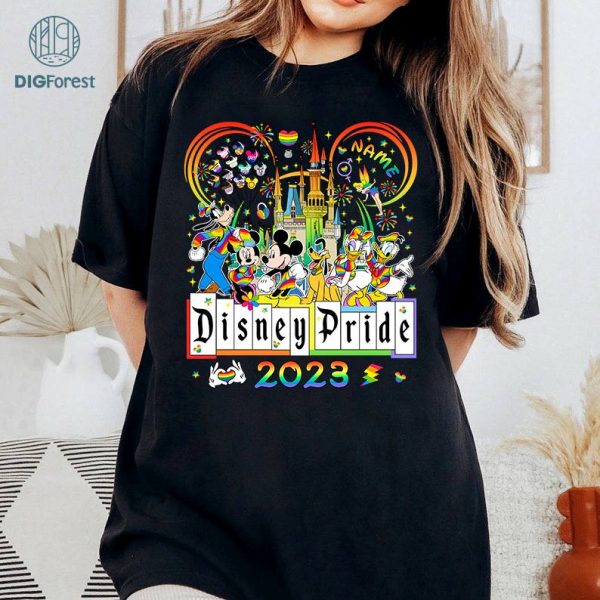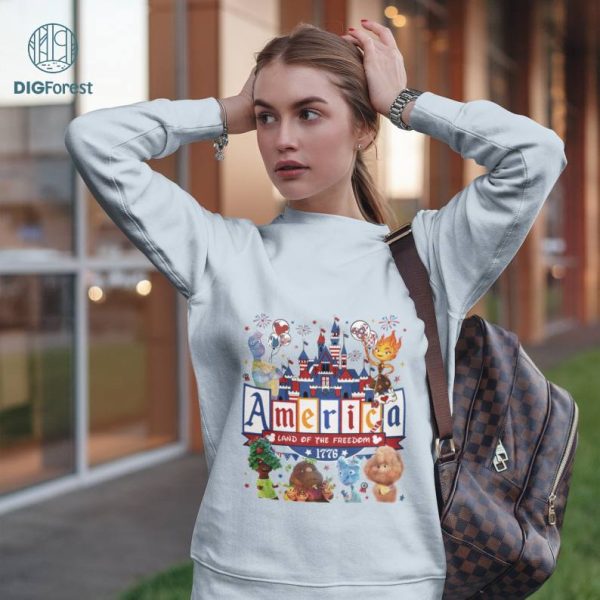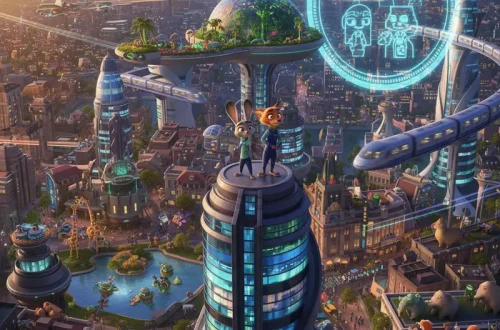:format(webp)/cdn.vox-cdn.com/uploads/chorus_asset/file/13606675/RalphBreaksTheInternet5bdce29767410.jpg)
The creative minds behind “Ralph Breaks the Internet” sat down for an interview to discuss the complexities and challenges they encountered while crafting this delightful animated sequel. Directed by Rich Moore, who also helmed the first installment, and Phil Johnston, who co-scripted both films, the movie takes Ralph, Vanellope, and audiences into the fascinating world of the internet.
One of the primary challenges the filmmakers faced was designing a visually engaging yet comprehensible representation of the internet. They aimed to create a personified internet that incorporated well-known websites while making them feel like actual places one could explore. Websites like eBay were portrayed as massive, immersive environments, which allowed viewers to relate to them while enjoying the familiarity of these digital spaces.
An essential aspect of the film’s success was the Hyperion lighting system, which significantly enhanced the rendering process. This software, introduced during the production of “Big Hero 6,” revolutionized animation by allowing for rapid rendering with an unprecedented level of detail. It enabled the team to handle intricate scenes with over a million characters, such as the multitude of internet vehicles seen in the film.
:format(webp)/cdn.vox-cdn.com/uploads/chorus_asset/file/13606735/WreckItRalph25a972c4646b2d.jpg)
The decision to incorporate real-world brands and websites into the movie was made early in the development process. The initial concept designs did not feature actual companies or websites, as the filmmakers were initially unsure about the legal aspects and permissions required. However, copyright law and fair use allowed them to use well-known names like Google, Amazon, and YouTube, adding a layer of authenticity to the film’s depiction of the internet.
Addressing the portrayal of Disney’s beloved princesses in the film, Moore and Johnston revealed that they aimed for a satirical yet respectful approach. They created a humorous scene that gently poked fun at Disney’s legacy while preserving the princesses’ dignity. The goal was to have fun at Disney’s expense while demonstrating that Disney could satirize itself better than anyone else.
One of the film’s standout moments was the Vanellope musical sequence. The directors explained their approach to this sequence, emphasizing that it was not primarily intended for comedic purposes but rather as an instrumental part of Vanellope’s character arc. Despite the seemingly gritty surroundings, they wanted to convey Vanellope’s perspective, where the setting appeared as a beautiful wonderland.
:format(webp)/cdn.vox-cdn.com/uploads/chorus_asset/file/13606723/WreckItRalph2596d3f959163c.jpg)
The interview also delved into the challenges of creating the massive Ralph avatar seen at the movie’s climax. Comprising 300,000 individual Ralphs, this intricate character symbolized Ralph’s growth and development throughout the story. The directors highlighted the collaboration between creative visionaries and technical experts in bringing this complex character to life.
Finally, the interview revealed the origin of the character Gord, a peculiar bug-eyed worm. Gord emerged from a simple wordplay joke involving the phrase “Go with Gord” that was later discarded. However, the character’s quirky presence remained, adding an element of oddity and humor to the film.
In conclusion, the interview offered valuable insights into the creative process behind “Ralph Breaks the Internet,” from designing the digital realm of the internet to incorporating real brands and creating memorable characters like Gord. The film’s success is a testament to the collaboration between Disney’s imaginative storytellers and technical innovators.
We bring out some of the most well-known Disney collection, all of which are available at reasonable costs. Visit our link now if you are interested in the Disney collection


Baloo, Bagheera, King Louie, Mowgli, Pinocchio
